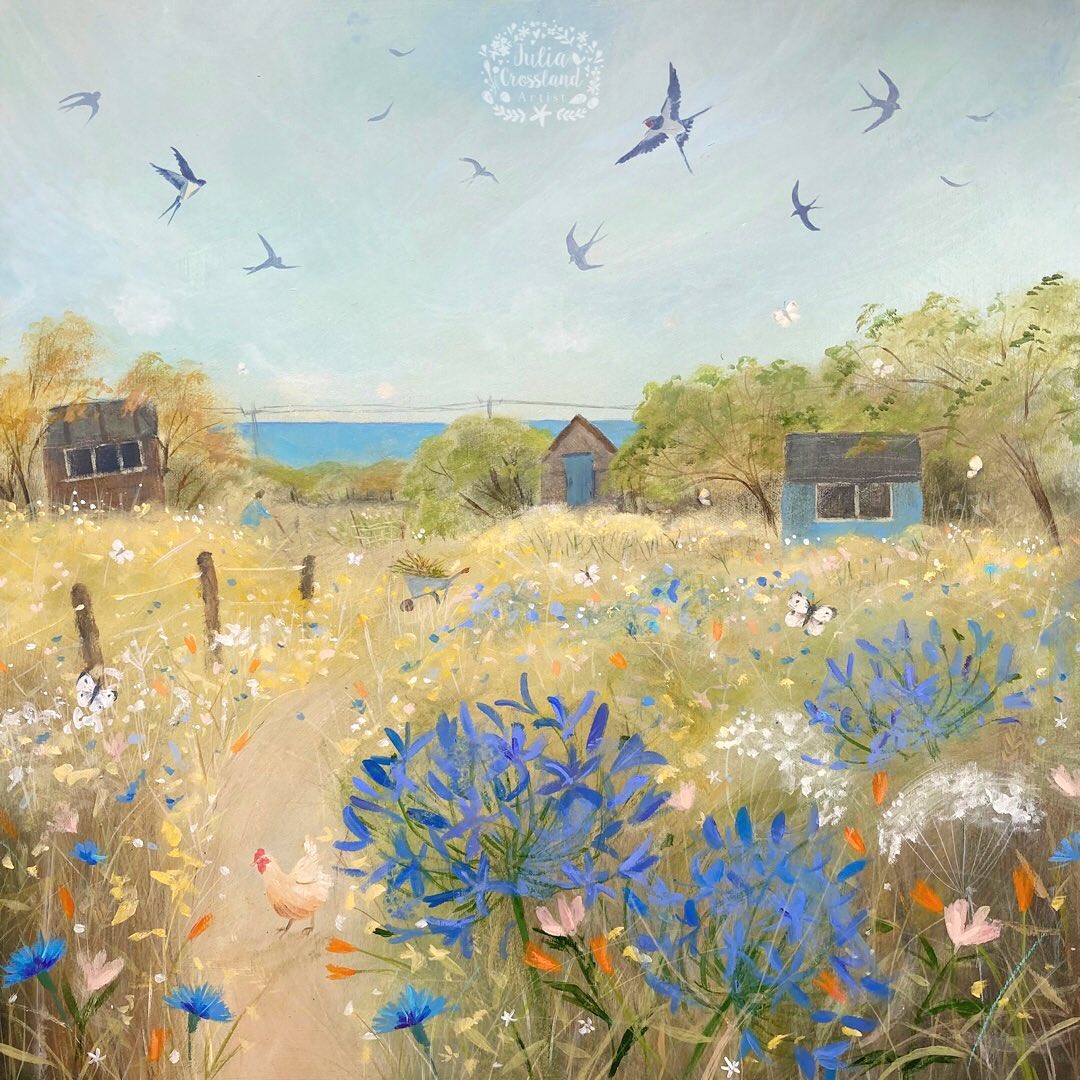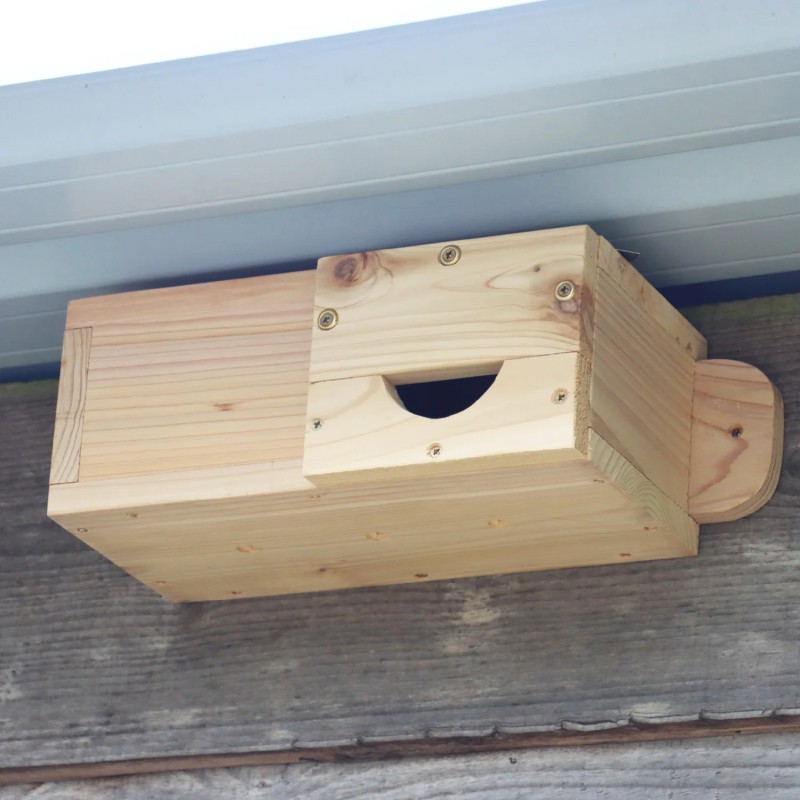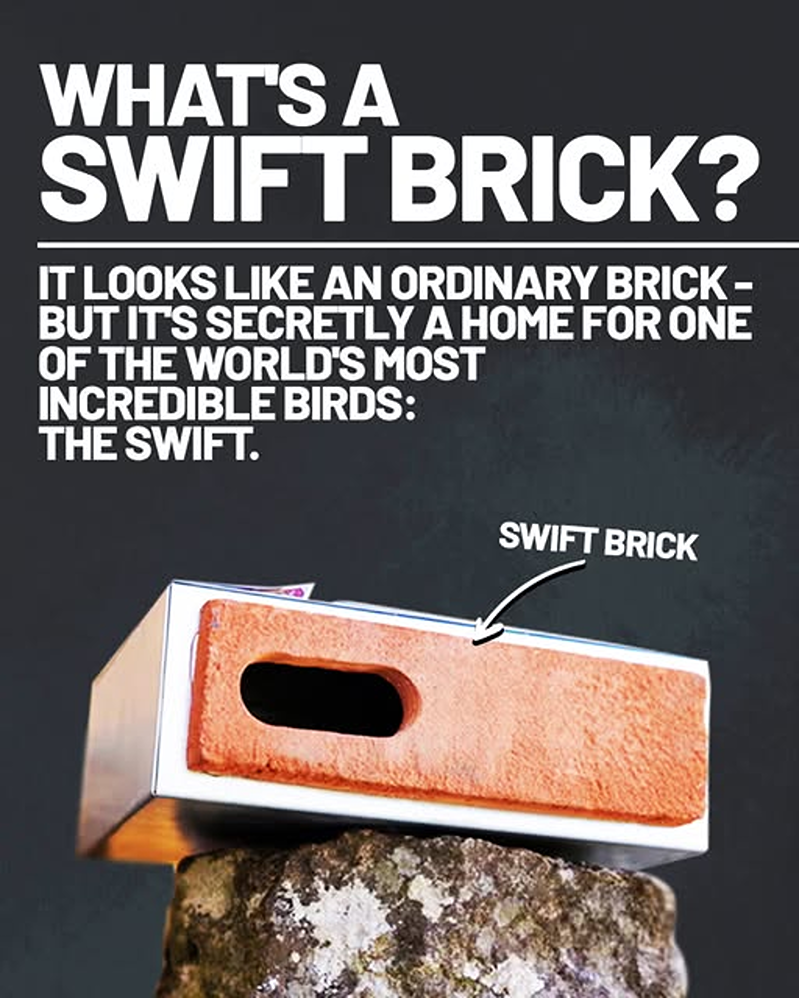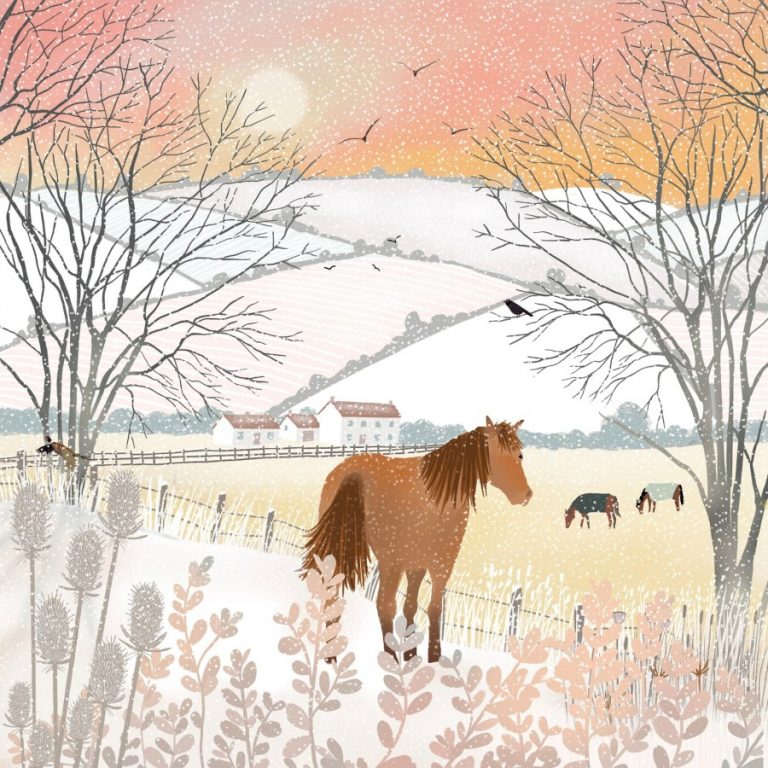
Swallows and swifts, Julia Crossland
Swifts fill the summer sky with sharp calls and arcing flights, but their numbers are falling fast in England. These incredible birds spend most of their lives in the air, even sleeping as they fly.
Yet, their future rests in our hands. Here’s why swifts matter, why they’re in trouble, and what we can do to help them thrive again.
Read our posts on creating safe havens for garden birds. And how to prevent birds flying into windows.
Swifts Are Masters of Migration
Swifts migrate thousands of miles each year. They arrive in England in late April to breed, flying from Africa without stopping to rest. These journeys make them one of the most efficient migrants in nature. Their yearly round-trip highlights how much they depend on safe routes and steady weather.
Swifts Sleep While Flying
Unlike most birds, swifts nap on the wing. They glide high above the ground at dusk and dawn, catching brief moments of sleep. This rare trait helps them stay safe from predators and adapt to a life spent mostly in flight. It also means they don’t need trees or ground cover at night, but they need safe places to nest.
Swifts Are Endangered in England
Swift numbers in England have dropped by over half in the last 25 years. Changes in the way we build and renovate houses have left them with fewer places to nest.
Each lost nest means fewer young swifts return the next year. Swifts now have UK “Red List” status, which marks them as in trouble and in need of urgent help.
Why Swifts Are Losing Ground
Building renovations often close up the small gaps that swifts use to nest. Modern materials and building codes make it hard for swifts to find a safe space.
Fewer insects due to pesticides and loss of wild areas mean less food for hungry chicks. Change in weather patterns can also make migration and raising chicks harder.
Swift Boxes Offer a Simple Solution

The Wildlife Community’s Swift Nest Box is uniquely designed to replace old buildings and roof spaces that swifts would naturally use. Made from locally-sourced FSC-timber, the small wide hole is ideal for swifts, and drainage holes allow moisture to drain.
Attach to the outside of your home, large shed/barn, or to masonry or wood just under the eaves (ideally swifts nest at least 5 metres above ground, under shaded eaves to face north, east or west to avoid direct sunlight.
And with a clear unobstructed flight path (no trees or shrubs) of around 5 metres in front. Don’t place boxes above windows or doors, and install in groups, as swifts are social birds.
Ensure the nest box is tightly installed, to provide natural shade and protection from rain. Also avoid planting foliage or creepers below the nest sites, to discourage predators (squirrels, rats).
Some nest boxes have a nest cup to prevent eggs rolling around, or falling out of the nest. For high installation, it’s best to get someone fit with a safe ladder to install the boxes!
Swift Bricks: Building for the Future

Swift bricks are built-in units added to new homes. They’re small enough to fit in modern walls, but big enough for swifts to nest safely.
Many councils and builders now add swift bricks as standard. Simple planning at the early stages of building means birds can share our towns for years to come.
Spread the Word and Get Involved
Groups across England run swift watch events and help track nest sites each summer. Joining in or sharing what you know about swifts can inspire others to act.
Asking your council or landlord about swift-friendly building rules makes a difference. Even putting up a poster in your window helps keep swifts in the public eye.
A Book on the Fight to Save Our Swifts

Nature Needs You is an important book by a woman, who has made it her mission to save England’s endangered swifts, the ‘masters of the sky’ that spend most of their time in flight, even ‘sleeping on the wing’.
This is Hannah’s story, a real David v Goliath battle, to save swifts from extinction. With no campaigning experience, funding or contacts, she set out to change the laws, and make ‘swift bricks‘ mandatory, so birds that nest in our walls have a future.
She grabs the news agenda, wins the support of Caroline Lucas and navigates meetings with Secretaries of State and even debates in the Houses of Parliament, surviving the midnight self-doubt to raise a petition at 38 Degrees of 100,000 signatures (well over that now), required for a Parliamentary debate. At stake? A decline in numbers of over 60% in swift birds, since 1995.
Reading Hannah’s story, you will fall in love with these endangered birds, true masters of the sky. Jane Goodall
Hannah’s inner steel and her sassy take on conservation are inspiring. I am so heartened that there are courage-driven young women holding nature in the light, so it will be seen by the powerful. Mary Colwell
This book is the story of a fight, that started with a promise to a small bird. Hannah is a hero of our times, who pitted herself against giants and the business of vested interests. Keggie Carew
A wonderful book that will make you furious, hopeful and inspired by turns. Buy it, read it and then become an activist yourself. Roger Morgan-Grenville
Hannah Bourne-Taylor is a conservationist and writer, dubbed ‘a voice for nature’ by the RSPB. She lives in Oxfordshire with her family, which includes two rescue dogs.
One of swifts’ superpowers, is to stay airborne, longer than any bird on earth. For nine months every year, they live in a single flight lasting 6500 hours. Yet when they come, they come home to us.
Now they are on the brink of extinction, together with the other birds that share our walls. United in their plight, by the loss of nesting habitat.
One Swift’s Amazing Migration Journey!






